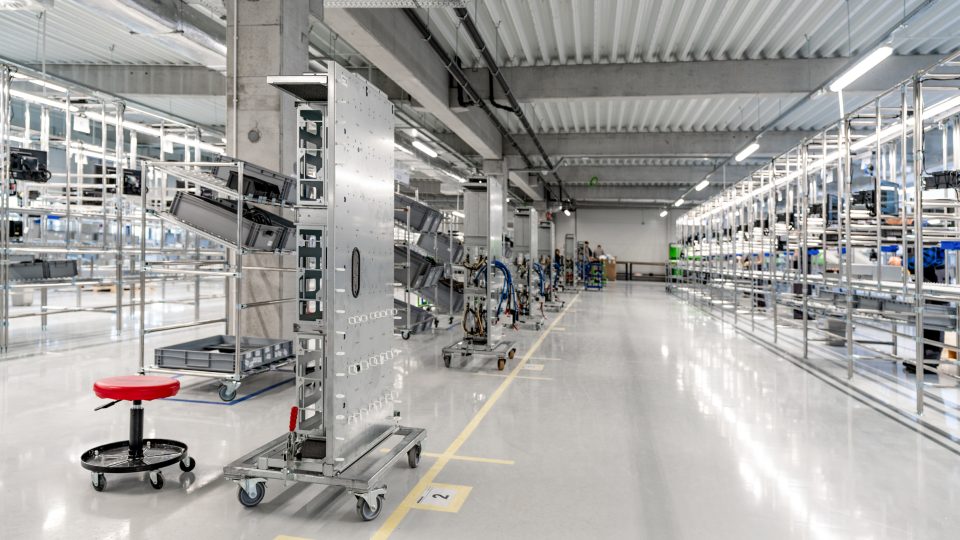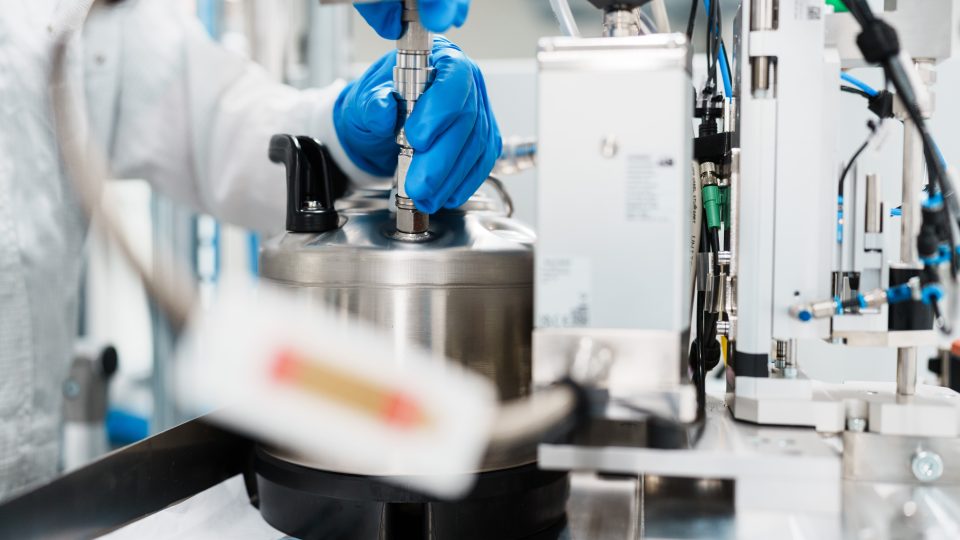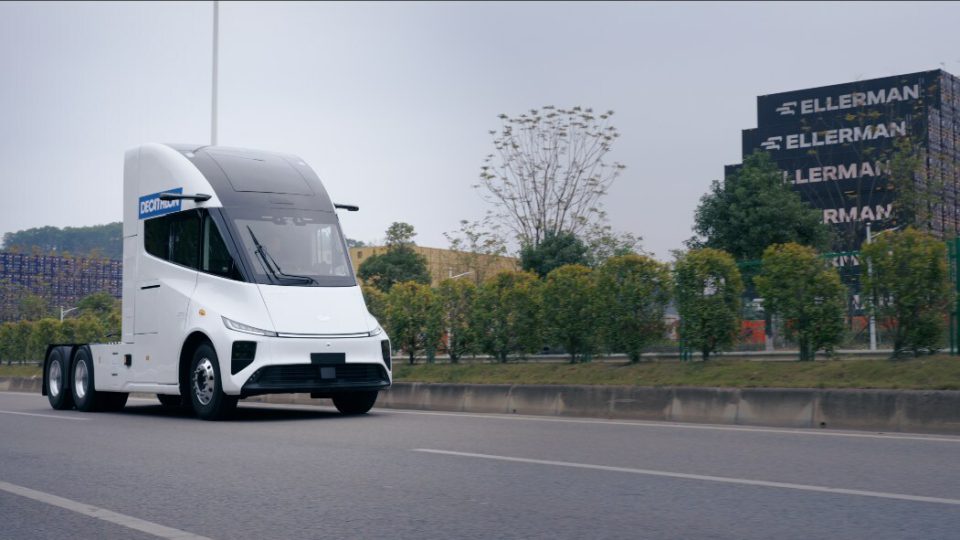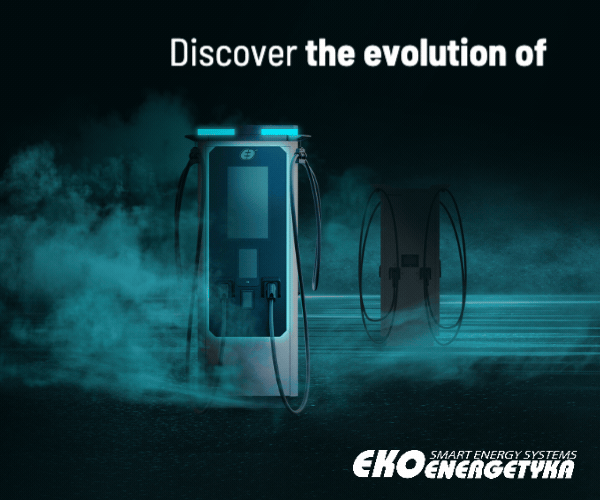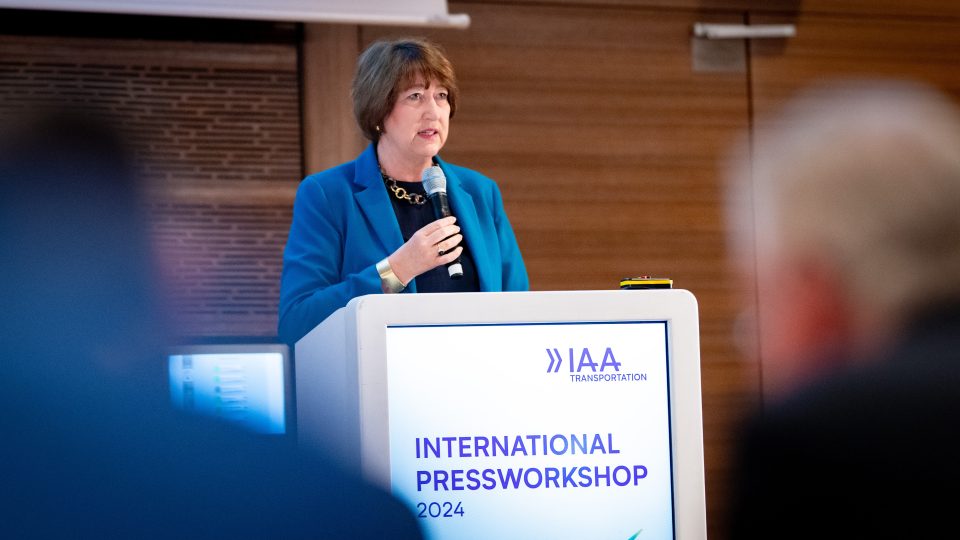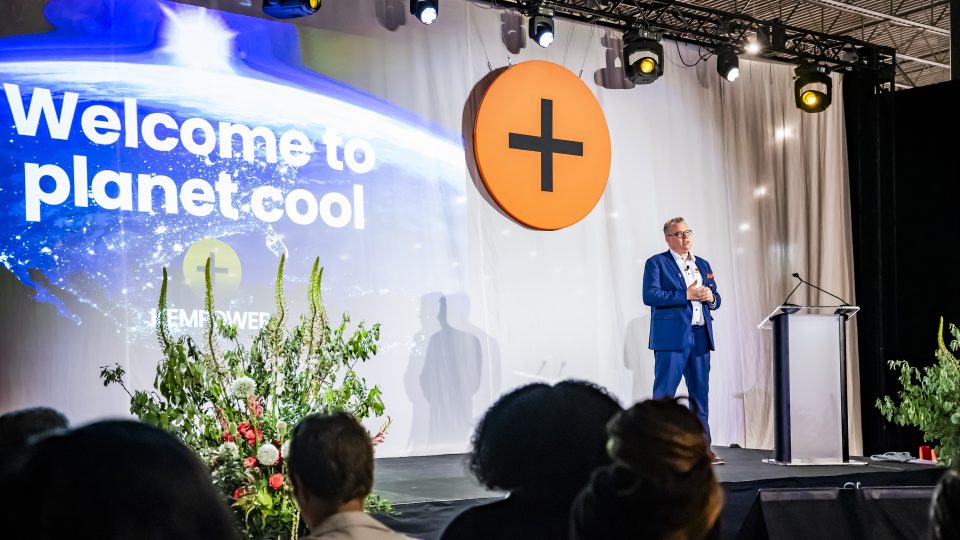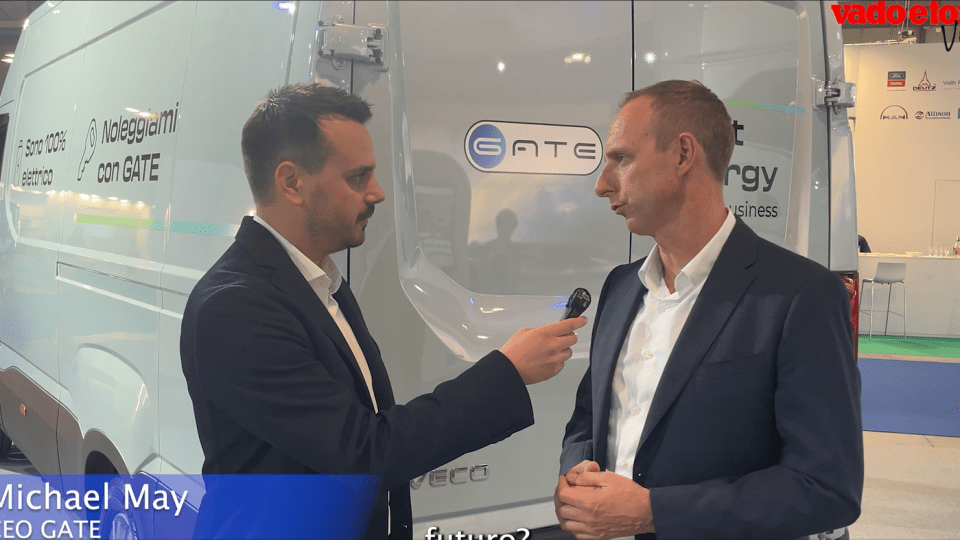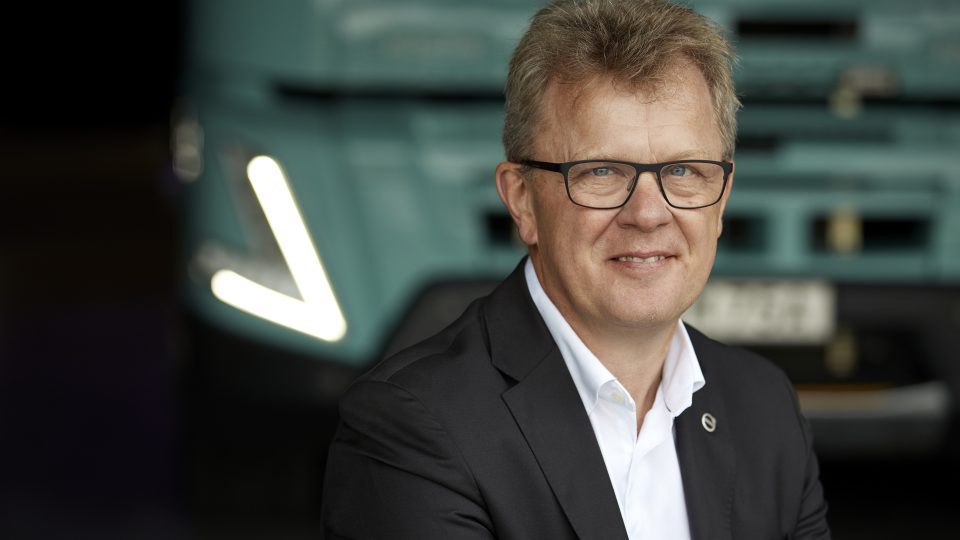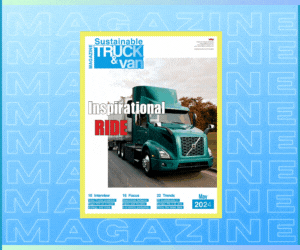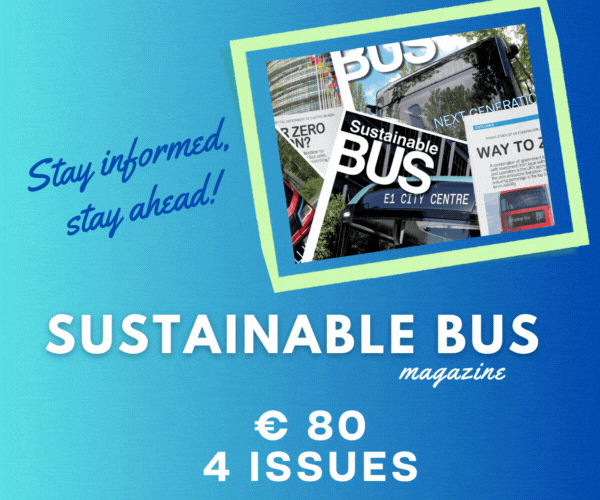Trying to figure out the future of commercial EV batteries. Interview with Martin Busche (BorgWarner)
Dr. Martin Busche, Director Global R&D at BorgWarner Battery Systems, highlighted the strategies of the company in the commercial vehicle sector. The main focus was, of course, on the evolution of battery technology for electric vehicles. With the next-level battery technology laying "just around the corner".

At Mobility Move 2024, our sister platform Sustainable Bus met Dr. Martin Busche, Director Global R&D at BorgWarner Battery Systems, who highlighted the strategies of the company in the commercial vehicle sector. The main focus was, of course, on the evolution of battery technology for electric vehicles. With the next-level battery technology laying “just around the corner”.
Which are the main products/messages BorgWarner is highlighting at Mobility Move?
Our battery portfolio for commercial vehicle electrification based on three pillars. These are, first, our Grow NOW! Initiative, spreading our Gen.3 ultra high energy and safe NMC cylindrical cell based pack and its derivatives. Secondly, Go BROAD!, developing cost and performance efficient LFP-packs based on the blade cell technology we source from our novel partner FinDreams. Finally, third and last pillar is Go NEXT!, seeking a new next-level battery technology, which is just around the corner.
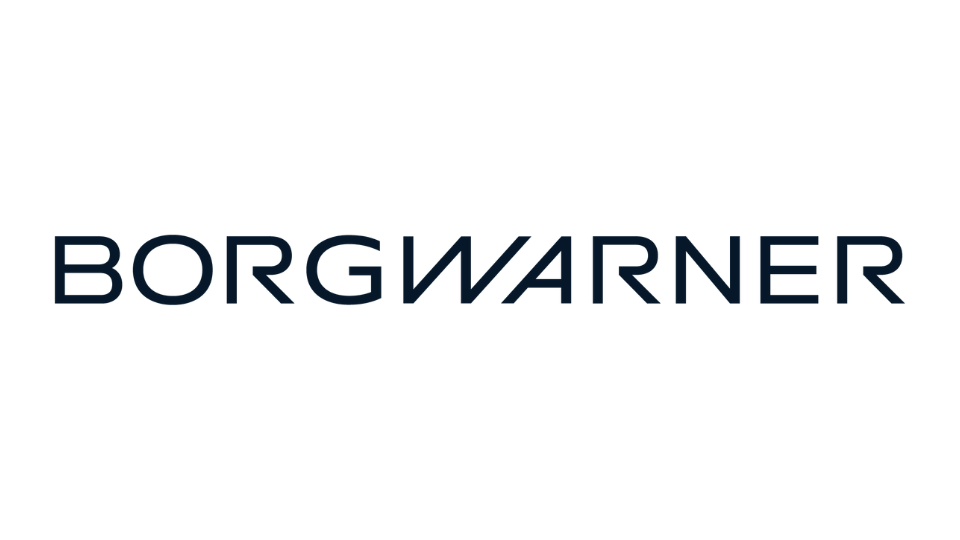
All three pillars stand on our newly established modular soft-and hardware platform which serves our customers better with an automatic releasetrain / a software factory and will meet all EU legislation requirements like Battery Passport, Cybersecurity as well as functional and process requirements like Functional Safety and Aspice With that, all our products become “fitforfuture” by E2024.
The collaboration betwee BorgWarner and BYD’s Findreams
BorgWarner recently announced the awarding of licence to produce Blade Battery based on FinDreams’ cells. What are the strengths of such a product? Would you please sum up the composition of your portfolio of battery solutions for e-buses and electric commercial vehicles once the Blade batteries will become part of BorgWarner’s offer?
FinDreams will supply BorgWarner with their LFP blade battery cells and production equipment. The design of the LFP battery packs is fully done by BorgWarner, but with using some intellectual property of FinDreams Battery to be able to design the packs to be manufactured on production equipment that is evolved out of existing production lines already in production at FinDreams Battery. The term blade battery refers to its structural design with a long metal can and side terminals as a major differentiator to commonly used top terminal prismatic cells. Moving the terminals to the shortest side of the cell brings benefits in volume occupancy and cooling performance.
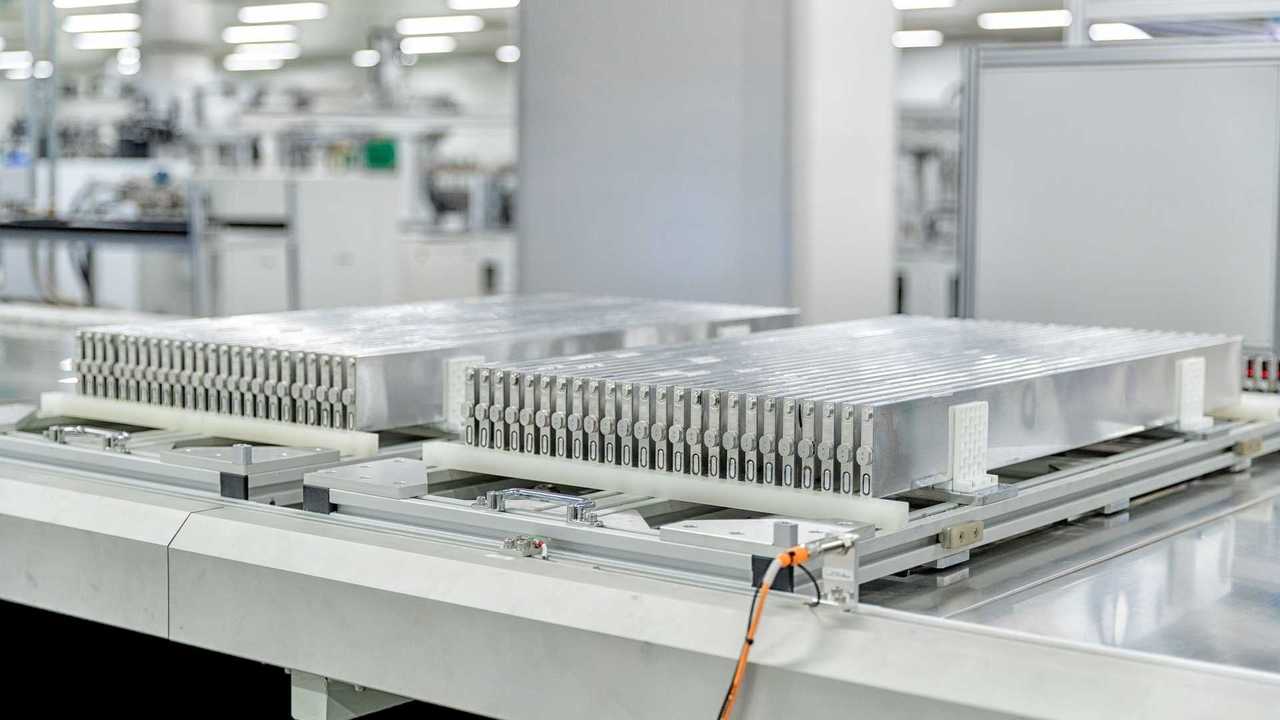
It is made in various lengths and thicknesses. The cross-beam-like design significantly increases the volumetric energy density of the battery pack while reducing complexity, e.g. with regards to the number of non-cell pack components. With that, we, BorgWarner, found a good compromise of cost efficiency and performance we can offer to our customers.
Which would be the reasons for a customer to opt for LFP instead of NMC? For which applications?
LFP = LithiumFerrum(=iron)Phosphate does not consist of scarce materials like cobalt, manganese and – evolvingly – nickel. On the anode side, LFP and NMC (transition metal oxide based cathodes consisting of nickel, manganese and cobalt) are very similar, making use of graphite materials and eventually capacity enhancing mixtures like e.g. silicon. The abundancy of the chemical components as well as intrinsic higher safety of LFP battery cells gives rise to bigger and cheaper cells. Bigger cells, in the case of the LFP battery cell especially longer cells, can even increase the structural stability of the battery pack.
BorgWarner within a landscape of growing investments on battery manufacturing
We are witnessing a surge of battery manufacturing investments in Europe, with Eastern companies building large facilities in Eastern Europe (starting with Hungary). Will this increase the price pressure on battery packs? Which is BorgWarner’s strategy to cope with such increased manufacturing-base? In addition to that, many OEMs are moving to in-house battery manufacturing…
As in the entire area of battery-electric mobility, the commercial vehicle market is becoming increasingly price-sensitive as the electrification of this market segment progresses, and this naturally increases the focus on cost-optimized products. Thanks to our long experience in the automotive sector, we at BorgWarner are used to always keeping an eye on cost optimization for our products. In addition to the cost focus in the basic design and an efficient manufacturing strategy, this also includes the choice of a competitive production location. The competition with possible in-house production at the customer’s site is also nothing new for us.
We have no doubt that with our strategy of a flexible, modular and scalable product family of LFP battery packs, combined with a high level of maturity and speed to market through close cooperation with FinDreams Battery, we can offer a very attractive product, both technically and commercially.
BorgWarner and EU Batteries Regulation
The EU Batteries Regulation aims to reduce the carbon footprint of batteries and enhance the circular economy. Will BorgWarner have to adapt by innovating battery design and manufacturing to ensure compliance with the new carbon footprint limits? How?
The EU Battery Regulation provides us, as well as the entire Battery Systems Industry, with a robust foundation for further advancements towards a comprehensive Circular Battery Eco System (CBES). In terms of battery design, we have incorporated all necessary adjustments for our next-generation product families, such as our LFP platform. Moreover, we have initiated the required updates for our current Generation 3 Ultra High Energy (UHE Gen3) System.
We assure that our cross-functional program development ensures the availability of necessary production line upgrades. These upgrades will support the product and production data capabilities required for full compliance with the EU Battery Regulation.
Still on the EU Batteries Regulation, it mandates declaration requirements, performance classes, and carbon footprint. How is your company preparing to meet these requirements, especially in terms of product development and supply chain management, to remain competitive in the evolving market landscape?
Our supply chain partners indeed play a pivotal role in achieving the objectives outlined in the EU Battery Regulation. We are diligently collaborating with all our partners, particularly our global cell supply partners, to ensure complete data traceability. Furthermore, we are committed to the continuous development, together with our supply partners, of sustainability roadmaps that align with the targets of the EU Battery Regulation.
In terms of product development, our focus extends beyond the previously discussed points. We are not only committed to enhancing longevity and energy density of our products continuously but also to develop business solutions for second-life applications (post-initial application usage). Our ultimate goal is to close the circularity chain with recycling solutions post the second life of the Battery Pack, for instance, through an enhanced recyclability design. This comprehensive approach ensures that we are making strides towards sustainability at every stage of the product lifecycle.




